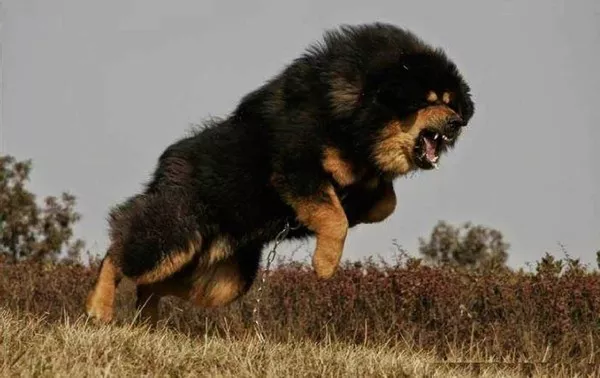In the aftermath of the devastating wildfires that swept through Maui last week, a dedicated cadaver dog has been enlisted to aid in the critical task of locating victims. These professional search and rescue canines, specially trained to distinguish between human and animal remains, undergo a rigorous year-long training regimen before being deployed in perilous environments.
Mary Cablk, an expert in detection and systems at the Desert Research Institute in Nevada, emphasized the unique qualities necessary for these dogs to excel in their role. These canines must possess innate traits such as an inclination for play, a fascination with toys, unwavering confidence, agility, and an ability to remain unfazed by loud noises and unfamiliar surfaces. These attributes, Cablk explained, contribute significantly to their effectiveness in locating the remains of missing individuals, ultimately bringing closure to distressed families.
Having trained numerous dogs and developed comprehensive training programs for handlers, Cablk continues to lead search missions with her own dogs. However, she is not directly involved in recovery operations in Maui.
Rewarding dogs with chew toys for successfully identifying human remains is a common practice, enhancing their motivation and performance. The recent wildfire catastrophe on Maui claimed the lives of at least 101 individuals, marking it as the deadliest wildfire in the United States in a century.
As of Monday, FEMA’s Urban Search and Rescue team had deployed 20 dogs to assist state and local officials in sifting through the ashes, as disclosed by FEMA Administrator Deanne Criswell in a Wednesday statement. The White House indicated that this number is set to increase to a minimum of 40 dogs.
Surviving the harsh conditions and fire debris, enduring scorching temperatures, and maneuvering through treacherous terrain are challenges these dogs must face. Frequent breaks are essential in such conditions, and the addition of more dogs is intended to ensure that search efforts remain vigorous, as explained by FEMA Director of Operations Jeremy Greenberg.
While recognizing the desperation of families to find their missing loved ones, Greenberg underscored the importance of conducting searches with both safety and respect in mind.
Operating in demanding landscapes, each cadaver dog has the potential to comb through the remains of dozens of burned homes daily, depending on the specific circumstances. The recent fire obliterated over 2,200 structures in Hawaii, with residential buildings accounting for 86% of the total.
Trained to discern charred flesh and differentiate human remains from animal remains, these dogs are now instructed to signal their handlers when remains are detected, without physically approaching them. This strategy avoids disturbing the scene, drawing from insights gained from previous deadly wildfires, including the California Camp Paradise Fire that claimed 86 lives.
The training process, influenced by lessons from past tragedies, involves using human flesh and blood to train the dogs. This approach, akin to how cadavers instruct medical students, is limited in some regions due to regulations. Consequently, certain dogs must be trained using animal remains, which can complicate rescue efforts, as they may react to both animal and human remains.
Cablk noted that cadaver dogs are trained to associate the scent of human remains with a reward, often a chew toy. This incentive serves as their “salary,” and trainers carry these rewards to motivate the dogs during their work.
“Trainers will carry reward toys with them, and in fact, many dogs will walk up behind the trainer and check to make sure the toy is in their bag,” Kabouk said, illustrating the profound dedication and commitment these dogs bring to their life-saving tasks.


